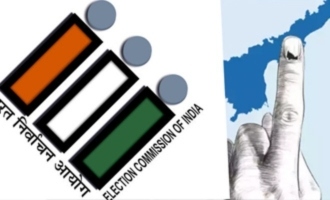CQUniversity: Warning labels at online casinos are ‘too difficult to find’


Send us your feedback to audioarticles@vaarta.com



A study by researchers at the University of Warwick and CQUniversity Australia has revealed that warning labels at online gambling sites are ineffective and too difficult to find. The study, which surveyed 363 online roulette games across 26 gaming sites, showed that information regarding the risks of players was scattered randomly in large text volumes, displayed on separate screens, described in impenetrable acronyms, and written in smaller fonts making it hard to find. In addition, warning labels presented a risk regarding the average winning of punters, which is usually misunderstood by 50% of gamblers.
The UK’s Gambling Commission requires that online gaming providers provide easy-to-find information about the risk of play to gamblers. However, the study found that gambling operators didn’t follow the commission’s requirement on providing easy-to-find information on the risks of play. Rather, the information provided was difficult to find and ineffective.
The researchers also sought to know how online gambling providers chose to inform punters about the risk of playing online roulette games. After studying 363 online roulette games across 26 online gambling providers, they found that you had to open at least one other screen to find this information. On average, this required 1.3 mouse clicks from the major online roulette table, and the information was placed in screens full of other text, which made it difficult to find and hence ineffective.
While the information on risk was not positioned consistently on screen, it was consistently displayed in the least prominent boldness and smallest size. In addition, 18.8% of the time, information on risk was offered through an acronym (e.g, RTP is 97.2973), and there was no explanation on what this meant.
Dr. Lukasz Walasek, one of the researchers involved in the study, noted that it was hard to imagine that the information on risk could be less easily available than they had observed.
The study further established that 98.3% of the games used the return-to-player format, which is the less prominent of the two formats allowed by the UK Gambling Commission. This format places eminence on the average winnings of punters (e.g., the average payout of this game is 95%) and is misunderstood by most punters. None of the games in this research used the house-edge format (e.g., on average, this game keeps 5% of all money bets), which is better understood by gamblers.
Previous research indicated that only 45.6% of UK online punters could tell the correct return-to-player interpretation out of four options. By comparison, 66.5% of UK online gamblers can correctly interpret house-edge information. The UK Gambling Commission gives the online gaming providers the option to choose which format to choose between the two, though.
In conclusion, Dr. Philip Newall, one of the researchers involved in this study, observed that there was a need to have stronger regulations on the prominent provision of easy-to-understand risk information to make it easy for online gamblers.
Press release by: Indian Clicks, LLC
Follow us on Google News and stay updated with the latest!




 Follow
Follow































































